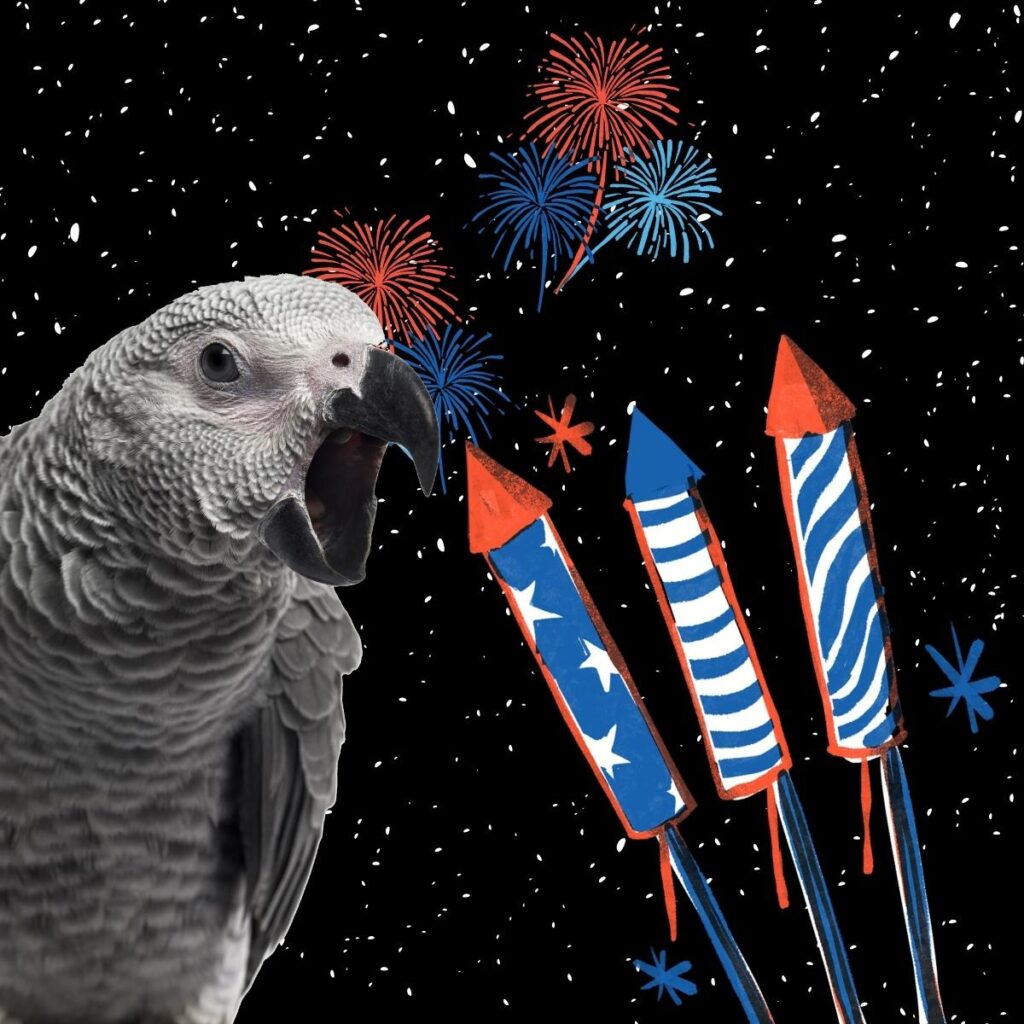According to a study, the impacts of fireworks can be seen for up to six miles, increasing bird flight activity. Researchers advise creating areas off-limits to fireworks and reducing the volume of light displays to save bird populations.
The widespread usage of pyrotechnics on New Year’s Eve has an impact on birds up to a distance of 10 km (6 miles). An international research team determined how many birds take off right after the fireworks start, how far away they occur from the fireworks, and which species groups are most likely to react using data from weather radars and bird counts. According to University of Amsterdam ecologist Bart Hoekstra, “We already know that many water birds react strongly, but now we also see the effect on other birds throughout the Netherlands.” The researchers thus promote expansive areas free of fireworks in the scientific journal Frontiers in Ecology and the Environment.
There are about 1,000 times as many birds in the air around the fireworks site on New Year’s Eve as there are on other nights, with peak counts of 10,000 to 100,000 times the average. There is an average of at least ten times as many birds flying as usual up to 10 km, while the effects are strongest within the first 5 km after pyrotechnics.
Acute flight response to sudden light and noise causes birds to take off. According to Hoekstra, millions of birds in a nation like the Netherlands which has a large population of wintering birds could be impacted by the lighting of pyrotechnics.
Radar for Weather and Bird Counts
The previous year, further IBED researchers found that geese are so impacted by fireworks that, for at least the next 11 days, they search for food for an average of 10% longer than usual. They require that time to make up for lost energy or adjust to their new, unidentified feeding place after running from the fireworks.
Hoekstra’s research examined which species take off and when they do so in response to pyrotechnics. He made use of data from weather radars operated by the Royal Netherlands Meteorological Institute on both clear New Year’s Eve and other typical evenings. He merged this with distribution data derived from hundreds of volunteer bird counts collected by Sovon, the Dutch Centre for Field Ornithology.
It was already known that a lot of aquatic birds have powerful reactions, but it was still unknown how fireworks affect birds that are not in these waterbodies. We can pinpoint the precise locations of the birds thanks to the counts, and we can determine where they take off thanks to radar scans.
Hoekstra used the data to determine which species groups mostly reacted, how many birds take off just after the fireworks begin, and the distance at which this occurs.
Fear in the Air
The analysis demonstrates that about 400,000 birds take off right away at the beginning of the New Year’s Eve pyrotechnics in the study regions surrounding the radars in Den Helder and Herwijnen alone. Furthermore, it seems that larger birds, in particular, in open areas continue to fly around for hours after taking off at astonishing altitudes.
According to Hoekstra, the widespread use of pyrotechnics causes larger birds, including geese, ducks, and gulls, to soar hundreds of meters into the air and stay there for up to an hour. They run the risk of becoming caught in severe cold weather, losing their bearings in a panic attack, and having mishaps.
Limit Fireworks in Core Areas
Fireworks have a significant negative impact on all birds in the Netherlands because 62% of them reside within 2.5 km of populated areas. Since it takes a lot of energy to fly, birds should ideally not be disturbed too much during the chilly winter months. Ensuring this is particularly crucial in open spaces like grasslands, where a lot of larger birds hibernate. Birds are less affected by fireworks in areas close to woods and semi-open habitats. Furthermore, smaller birds that are less inclined to fly away from disturbance, such as finches and tits, reside there.
The authors make the case for no-fireworks zones near big bird habitats. Hoekstra: In places like close to forests, where sound and light travel less distance, these buffer zones may be smaller. Moreover, fireworks must be fired as far away from birds as feasible, primarily in the middle of populated areas. It would be better for the birds if we shifted toward noiseless light displays, such as drone demonstrations or subdued pyrotechnics.
